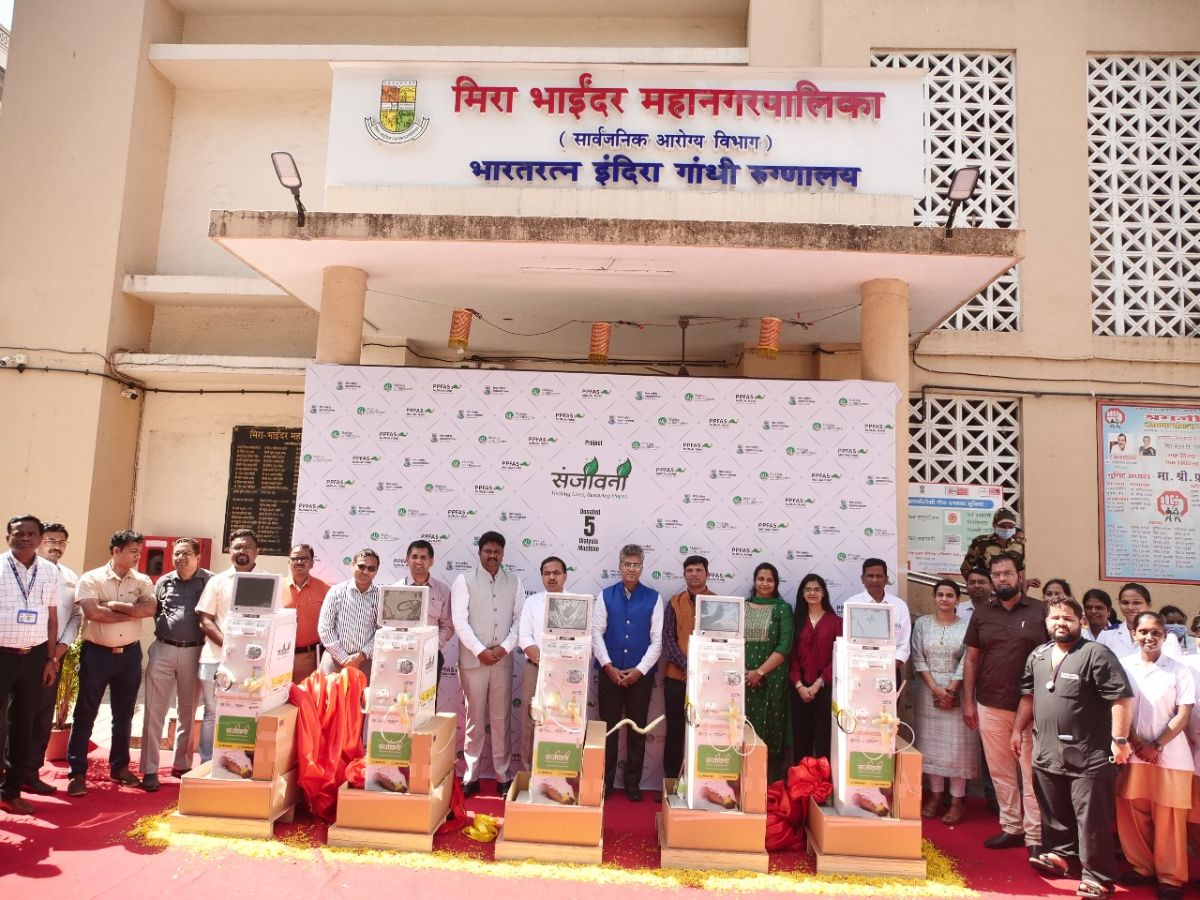Secure Your Future: Some of the Best Fixed Deposit Rates in India 2024
New Delhi [India] November 6: Fixed Deposits (FDs) are a popular savings instrument for many Indian investors. They are known for their low risk and stable returns. By locking in your savings for a fixed tenure, you earn a guaranteed interest rate on your principal. However, simply parking your money in an FD isn’t enough [...]

New Delhi [India] November 6: Fixed Deposits (FDs) are a popular savings instrument for many Indian investors. They are known for their low risk and stable returns. By locking in your savings for a fixed tenure, you earn a guaranteed interest rate on your principal. However, simply parking your money in an FD isn’t enough to maximise the benefits. You need to make informed decisions regarding the tenure, interest payout options, and the type of FD to make the most of your interest earnings. This guide will walk you through various strategies to ensure that you extract maximum value from your FD.
Choose the Right Interest Payout Option
FDs provide two types of interest payout options: cumulative and non-cumulative. With cumulative FDs, the interest accrues over the tenure and is added to the principal, leading to a larger payout at maturity due to compounding. In contrast, non-cumulative FDs offer regular interest disbursements, which can be monthly, quarterly, half-yearly, or annually, based on your preference.
For those who do not require frequent income, cumulative FDs can be advantageous since the interest compounds, increasing the final amount. However, if steady income is necessary, non-cumulative FDs are a better choice. This option can be particularly beneficial for retirees who need consistent payouts to cover ongoing expenses.
Compare Interest Rates Across Different Banks and NBFCs
Interest rates vary between banks and NBFCs (Non-Banking Financial Companies). Before choosing an FD, it’s crucial to compare rates offered by different institutions. Often, NBFCs may offer slightly higher interest rates than banks, though both are subject to the same Reserve Bank of India (RBI) regulations.
Here are some of the best fixed deposit rates in India as of October 2024:
| Bank and NBFC | Interest Rates for Regular Citizens (% p.a.) | Interest Rate for Senior Citizens (% p.a.) |
| State Bank of India | 7.00% | 7.50% |
| HDFC Bank | 7.40% | 7.90% |
| ICICI Bank | 7.25% | 7.80% |
| Bajaj Finance | 8.25% | 8.50% |
| PNB Housing Finance | 7.75% | 7.95% |
| Mahindra Finance | 8.10% | 8.35% |
It’s important to regularly check the FD rates because they change based on RBI’s monetary policy decisions and market conditions. Opting for higher interest rates can significantly increase your earnings over time.
Leverage the Power of Compounding
Compounding is one of the most powerful financial principles when it comes to growing your wealth. In a cumulative FD, the interest you earn is added to your principal at regular intervals. This increases the total amount on which the interest is calculated during the next period.
For example, if you invest ₹1,00,000 in a cumulative FD with a 7.5% p.a. interest rate for five years, the maturity amount would be significantly higher due to the compounding effect. You can calculate your monthly payout with an FD calculator by entering the principal amount, interest rate, and tenure to determine how much you will receive in regular payouts.
An FD calculator helps you better plan your investments and gives you a clear picture of your potential returns. It’s a crucial tool, especially for those who want to estimate their income flow if opting for non-cumulative FDs.
Opt for a Longer Tenure for Higher Interest Rates
Banks and NBFCs often offer higher interest rates for longer-tenure FDs. While shorter-tenure FDs may seem attractive due to quicker liquidity, longer terms can yield better returns due to higher interest rates.
For instance, an FD for a tenure of 3 to 5 years could have a better rate than an FD for one year. However, it’s essential to balance between liquidity needs and interest rates. Some investors prefer splitting their investments across multiple FDs with varying tenures, a strategy known as laddering. This ensures better liquidity while still taking advantage of the higher rates on long-term FDs.
Tax-saving FDs
You can claim deductions of up to ₹1.5 Lakhs annually through tax-saving FDs under Section 80C of the Income Tax Act, 1961. However, these deposits come with a mandatory five-year lock-in period, during which withdrawals are not permitted. Moreover, the interest earned on these FDs is taxable.
Although tax-saving FDs may not provide regular payouts, they help in lowering your taxable income. Before choosing this option, it is important to consider the post-tax returns. You can also calculate your monthly payout with an FD calculator if you are opting for the non-cumulative payout option. This helps you balance the tax savings with your regular income needs for better financial planning.
Consider Senior Citizen FDs
Several banks and NBFCs provide special fixed deposit schemes for senior citizens, offering an additional interest rate, generally between 0.25% and 0.50% higher than standard rates. This makes it an appealing option for seniors seeking steady and regular income, particularly with non-cumulative FDs.
For instance, if the standard FD rate is 7%, a senior citizen might earn approximately 7.50% for the same tenure. If you qualify as a senior citizen or are investing on their behalf, this enhanced rate is an important advantage to keep in mind.
Avoid Premature Withdrawals
Most banks and NBFCs allow you to withdraw your deposit before the maturity date, but this comes with a penalty. The penalty can range from 0.5% to 1% on the interest rate you were supposed to earn. Additionally, the interest rate applied to prematurely withdrawn FDs may be lower than the rate originally agreed upon.
To avoid these penalties, it’s advisable to carefully plan the FD tenure based on your liquidity needs. Alternatively, you can split your investment across multiple FDs with different maturities to avoid the need for early withdrawals.
Reinvest Your FD upon Maturity
Once your FD matures, instead of withdrawing the amount, you may choose to reinvest the principal and the interest earned into a new FD. Many banks and NBFCs offer reinvestment options at the prevailing interest rates. This is another way to maximise the interest earned through the power of compounding.
However, always review the prevailing interest rates at maturity to ensure that reinvestment is the most favourable option for your financial goals.
Conclusion
Fixed Deposits offer stable and predictable returns, making them a preferred savings instrument for risk-averse investors. By choosing the right payout option, tenure, and bank or NBFC, you can maximise the interest earnings on your FD. Additionally, leveraging tools like an FD calculator can help you plan your investments better and calculate your monthly payout or the final maturity amount.
Whether you are looking for regular income or aiming to grow your wealth through compounding, understanding these strategies will help you make the most of your FD interest. Always compare some of the best fixed deposit rates in India before locking in your savings and avoid premature withdrawals to safeguard your earnings.
If you have any objection to this press release content, kindly contact pr.error.rectification@gmail.com to notify us. We will respond and rectify the situation in the next 24 hours.







































































